With the immense impact from external events and occurrences, emotional imbalance and turbulence is common among many to the extent that it can take a toll on mental health. Pranayama offers a powerful tool to cultivate emotional balance and resilience by reducing stress and anxiety, enhancing blood circulation, promoting mental clarity and more. Let’s look at the top pranayama practices for emotional well-being.
5 Breathing Exercises for Emotional Well-being
- Ujjayi Pranayama (Victorious Breath): Ujjayi Pranayama, also known as the Victorious Breath, is known for its calming and balancing effects on the mind and body. This technique helps reduce stress and anxiety, promotes mental clarity, and enhances concentration. Practicing Ujjayi regularly for 5-10 minutes, gradually increasing the duration as you become more comfortable will be extremely impactful.
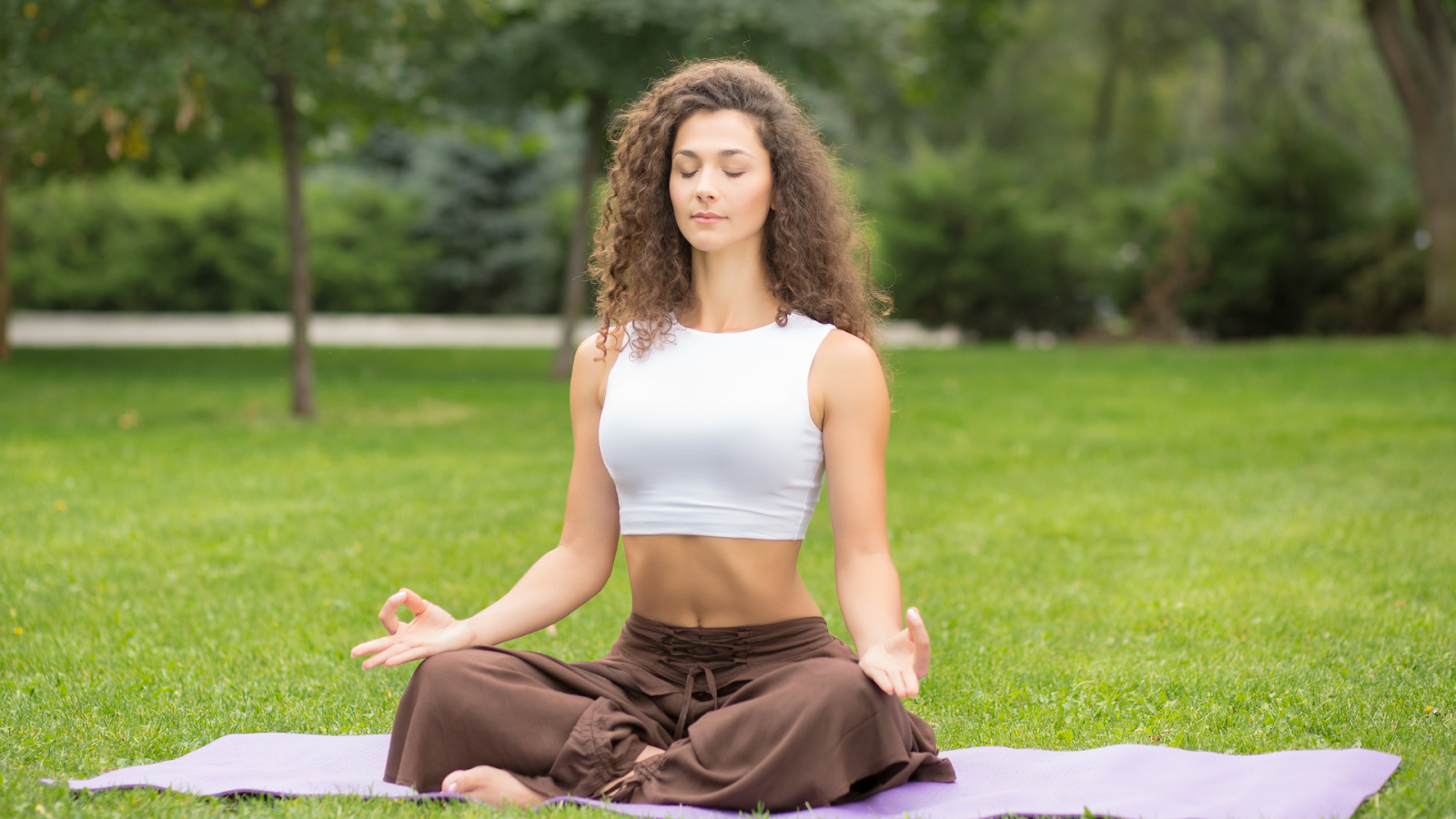
How to Practice Ujjayi Pranayama:
- Sit in a comfortable cross-legged position or on a chair with your spine straight and shoulders relaxed.
- Take a deep breath in through your nose, filling your lungs completely.
- Slightly constrict the back of your throat and slowly exhale through your nose, producing a soft, oceanic sound. A soft, snoring sound will come from the throat.
- Continue to breathe in and out through your nose, maintaining the gentle constriction in your throat. Focus on the soothing sound of your breath.
- Nadi Shodhana Pranayama (Alternate Nostril Breathing): Nadi Shodhana pranayama balances the left and right hemispheres of the brain, promotes mental clarity, reduces stress and anxiety, and enhances overall emotional stability. When practicing, try to do 7-10 rounds to feel the sense of calm, balance and harmony within the mind and body.
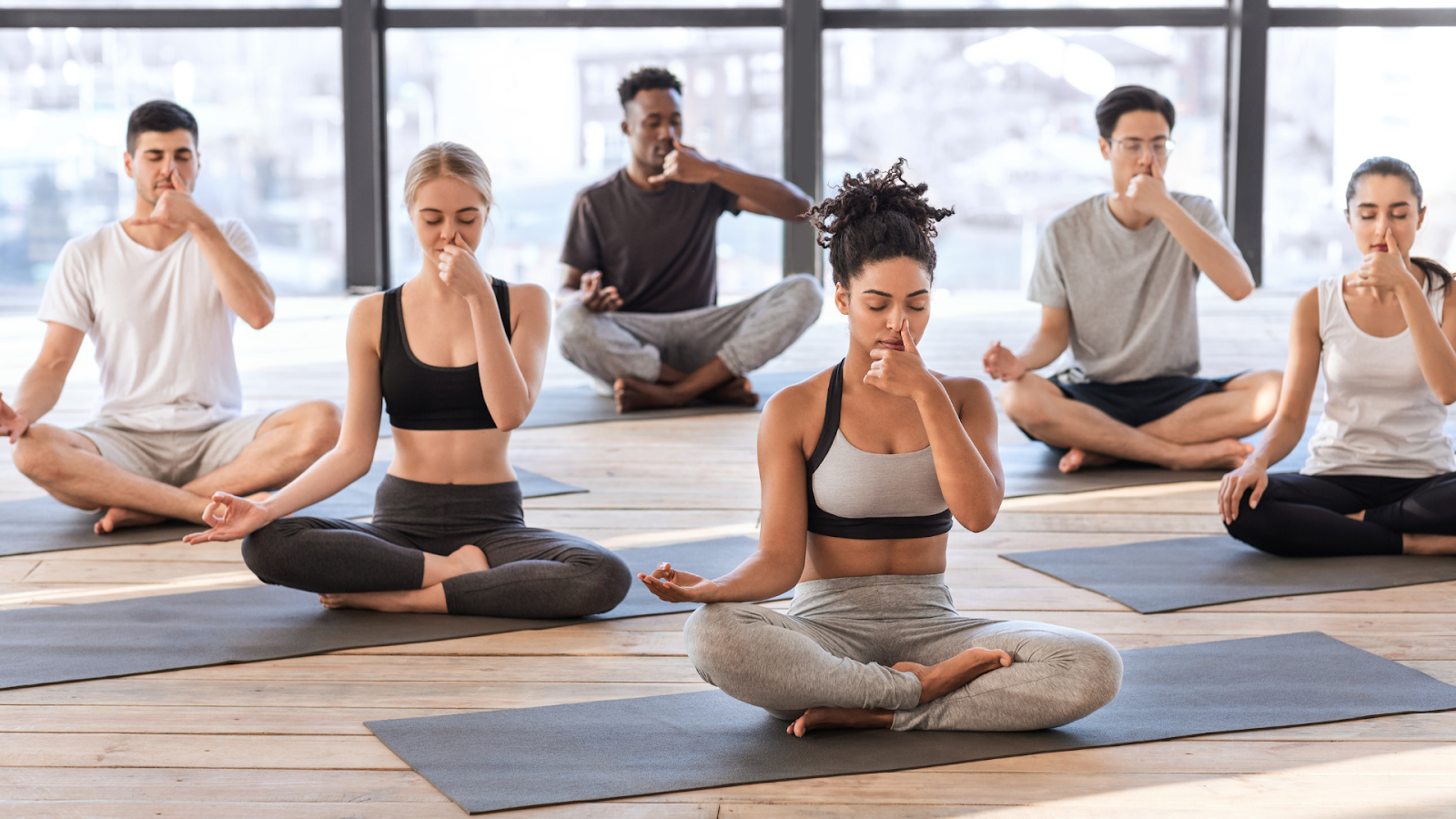
How to Practice Nadi Shodhana Pranayama:
- Sit in a comfortable position with your back straight and shoulders relaxed.
- Use your right thumb to close your right nostril and your right ring finger to close your left nostril. Close your right nostril with your thumb and inhale slowly through your left nostril.
- Close your left nostril with your ring finger and release your thumb from your right nostril. Exhale slowly through your right nostril.
- Inhale through your right nostril, then close it with your thumb and exhale through your left nostril. This completes one round.
- Brahmari Pranayama (Humming bee Breath): Brahmari Pranayama is effective in calming the mind, reducing anxiety, and relieving tension. The humming sound created during this practice has a soothing effect on the nervous system.

How to Practice Brahmari Pranayama:
- Sit in a comfortable cross-legged position with your back straight. Close your eyes and take a few deep breaths to relax.
- Use your index fingers to gently close your ears. Or apply Shanmukhi mudra.
- Take a deep breath in through your nose.
- As you exhale, make a humming sound like a bee, keeping your mouth closed. Feel the vibration in your throat and head.
- Practice for 5-10 minutes or 10 rounds when starting out. Relax and enjoy the calming vibrations.
- Bhastrika Pranayama (Bellows Breath):Bhastrika Pranayama, or Bellows Breath, invigorates the mind, energizes the body, and helps release pent-up emotions. This technique can be particularly beneficial for those experiencing lethargy or emotional stagnation.
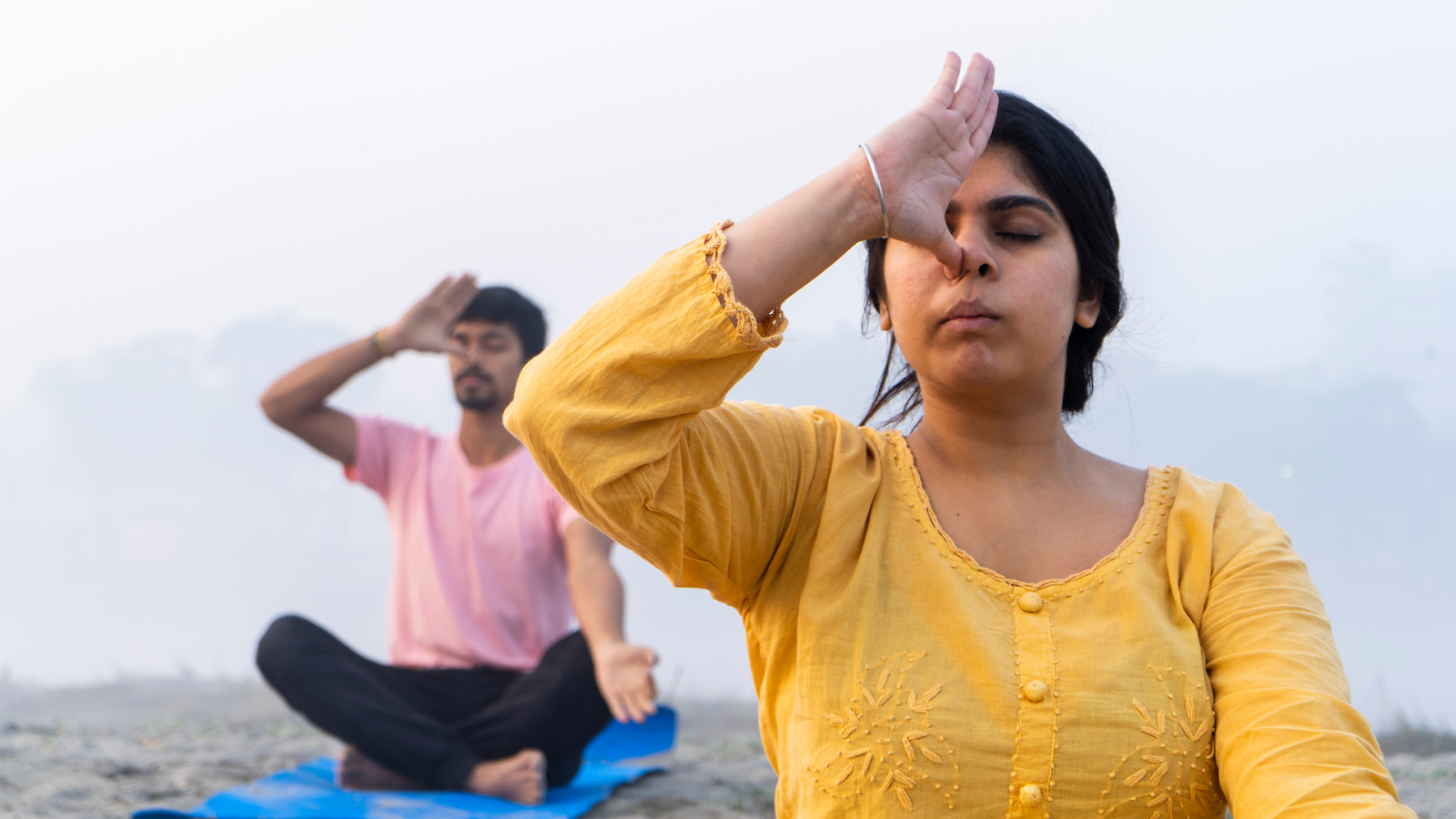
How to Practice Bhastrika Pranayama:
- Sit in a comfortable cross-legged position or in the Thunderbolt pose (Vajrasana). Ensure your back is straight throughout the practice.
- Take a deep breath in through your nose, filling your lungs completely.
- Forcefully exhale through your nose, using your diaphragm to push the air out.
- Continue inhaling and exhaling rapidly, using equal force for both the inhale and exhale.
Practice Bhastrika for 1-2 minutes, then rest and observe the effects. Gradually increase the duration as you become more comfortable.
5. Box Breathing (Square Breathing): Box Breathing is Nadi shodhana done with retention of breath. This is a simple yet effective technique to calm the mind, reduce stress, and enhance focus. It’s widely used by athletes and military personnel to manage stress and maintain composure under pressure.
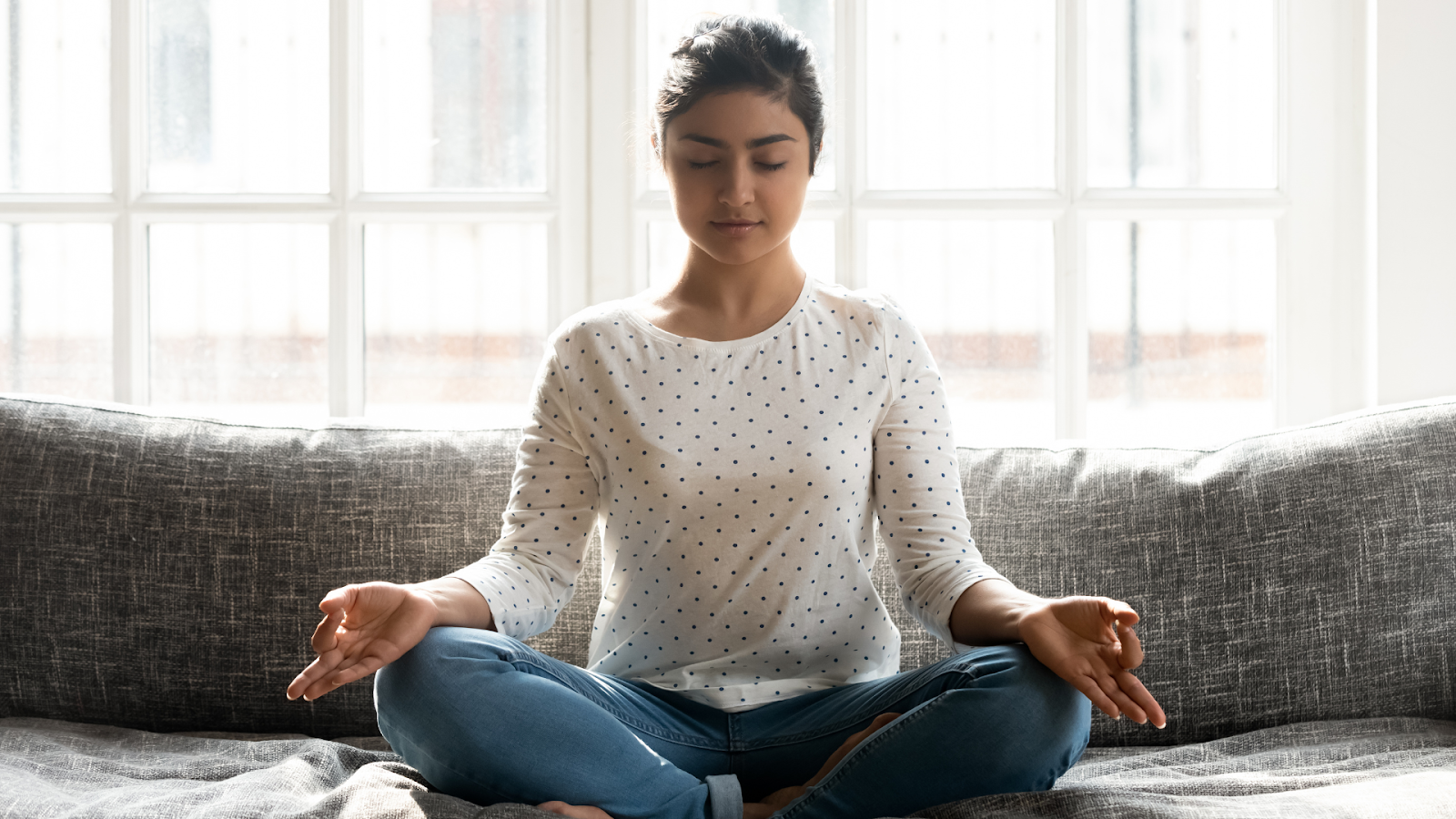
How to Practice Box Breathing:
- Sit comfortably in a relaxed position. Inhale through your nose for a count of four.
- Hold your breath for a count of four.
- Exhale through your nose for a count of four.
- Hold your breath for a count of four before the next inhale.
Repeat this cycle for 5-10 minutes, gradually increasing the count to six or eight as you become more comfortable.
Integrating Pranayama into Your Daily Routine
To fully reap the emotional benefits of pranayama, consider integrating these practices into your daily routine. Here are some tips to help you get started:
- Set a Regular Time: Choose a time of day that works best for you, such as early morning or before bedtime, to practice pranayama consistently.
- Create a Peaceful Environment: Find a quiet, comfortable space where you can practice without interruptions.
- Start Slowly: Begin with shorter durations and gradually increase the time as you become more comfortable with each technique.
- Listen to Your Body: Pay attention to how your body and mind respond to each practice. Adjust the intensity and duration as needed to suit your needs.
- Combine with Meditation: Consider combining pranayama with meditation for enhanced emotional benefits. After your pranayama practice, spend a few minutes in silent meditation to deepen your sense of calm and balance.
Pranayama is a powerful tool for enhancing emotional well-being. Remember, the key to accessing the benefits of pranayama lies in consistent practice and mindful awareness. Start slowly, listen to your body, and enjoy the journey towards greater emotional well-being.Learn how to practice pranayama for emotional well-being in the right way with an experienced teacher, live on Shvasa. Meta Description: Explore the top five Pranayama practices for emotional well-being, balance and harmony. Summary: Pranayama offers a powerful tool to cultivate emotional balance and resilience by reducing stress and anxiety, enhancing blood circulation, promoting mental clarity and more. Explore the top pranayama practices for emotional well-being.
FAQs:
- How does Pranayama regulate emotional well-being?
Pranayama offers a powerful tool to cultivate emotional balance and resilience by reducing stress and anxiety, enhancing blood circulation, promoting mental clarity and more.
- What are the top pranayama practices for emotional well-being?
Practice Brahmari, Ujjayi, Nadi Shodhana, Bhastrika and Box breathing to help regulate emotional well-being.
- How to integrate pranayama in daily yoga practice?
Try to practice pranayama at the same time, in a peaceful space everyday. As you practice, listen to your body and start slowly.















.jpg)
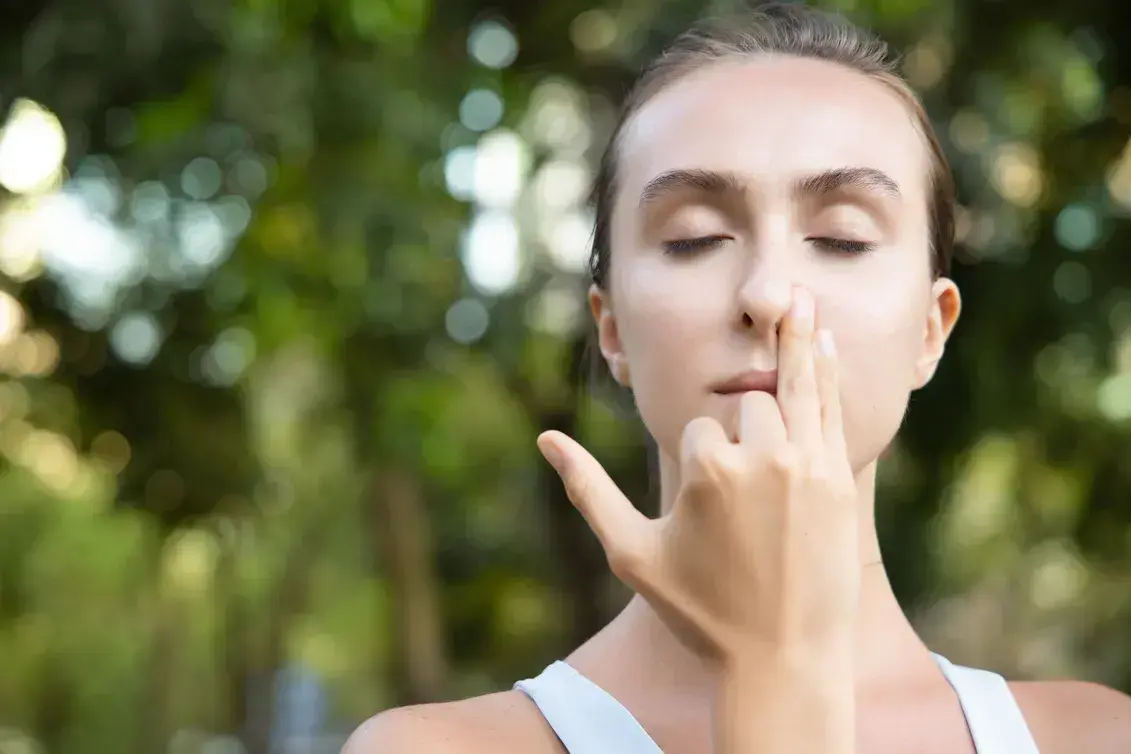
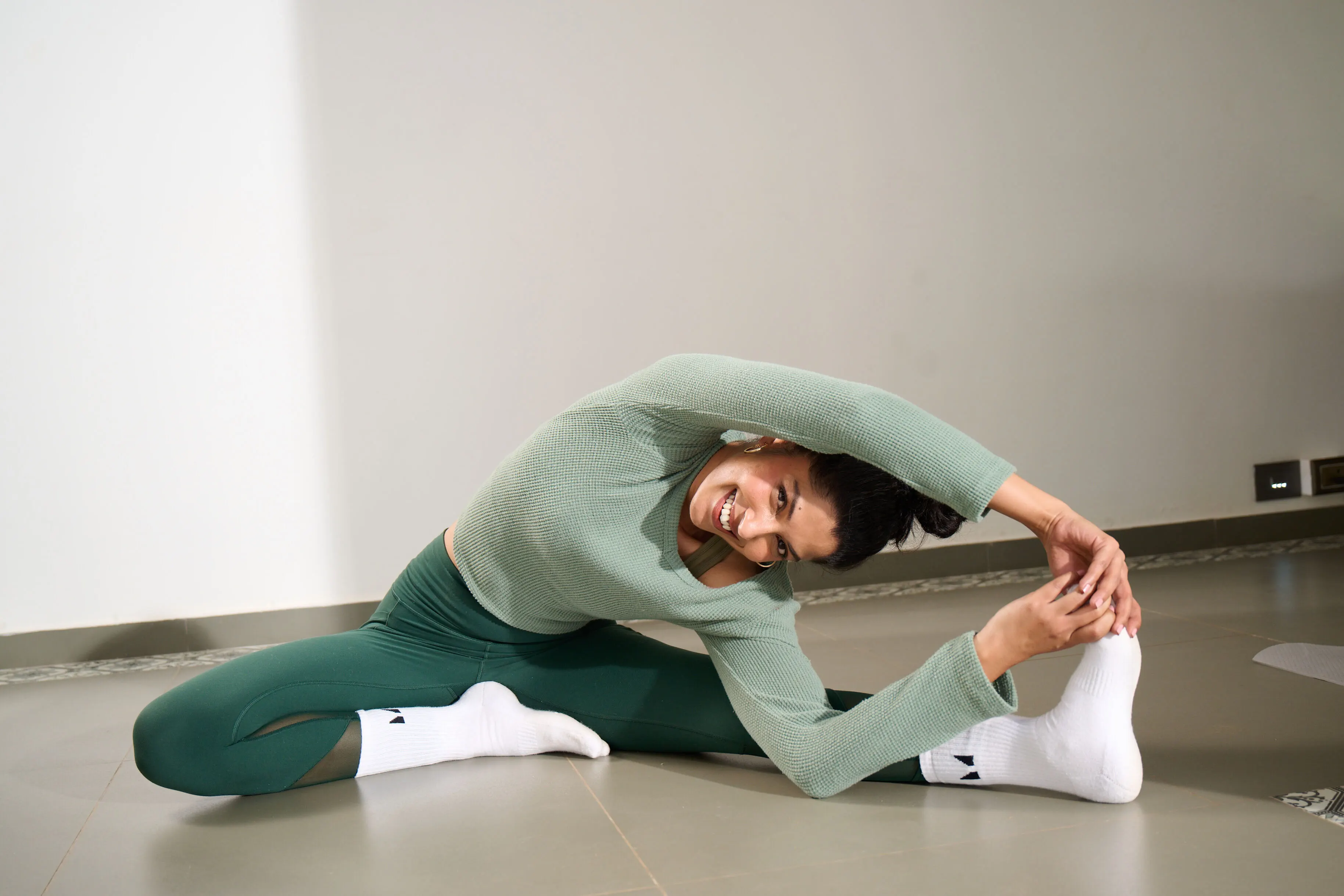










%201.png)

%201.svg)






%201.svg)